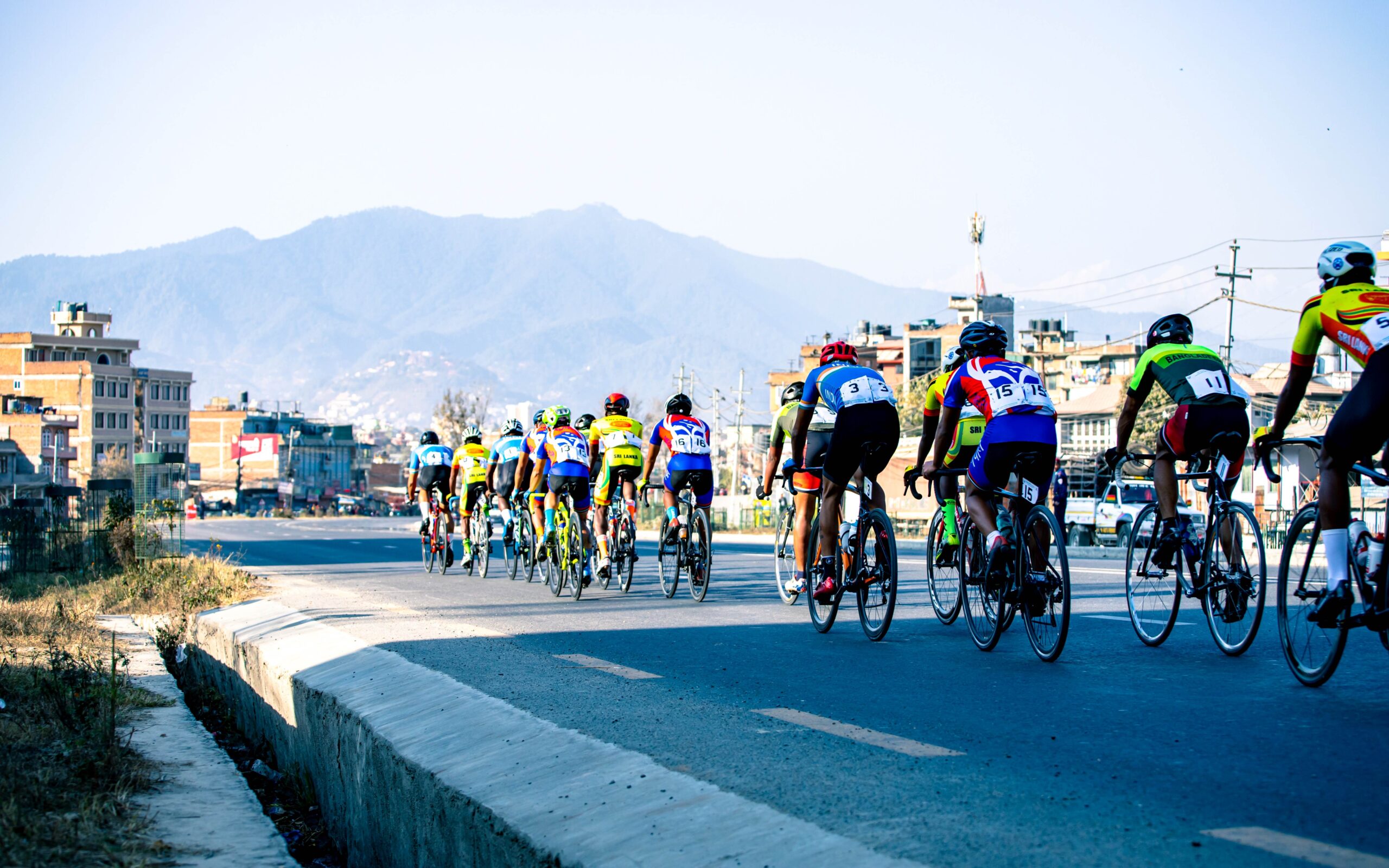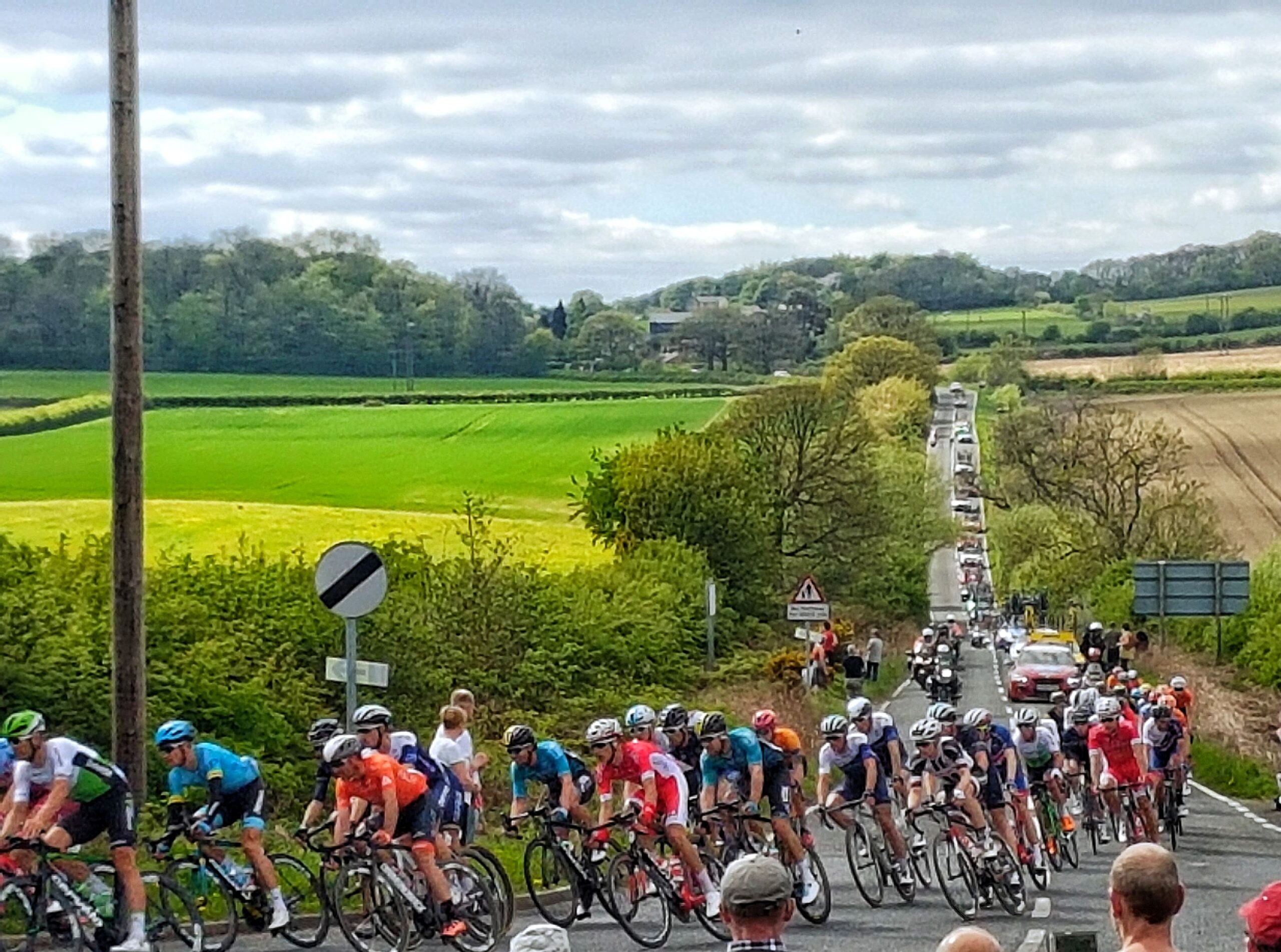This year, the Giro d’Italia made a bold departure from tradition by kicking off more than 1,000 kilometers north of its Italian home. The preliminary events, team presentations, and first three stages were held in the bike-friendly landscapes of Denmark, a move that has been hailed as a massive success. This exciting start capitalizes on Denmark’s rich cycling culture and builds on the momentum generated by last year’s successful Road World Championships just outside Copenhagen.
A History of International Starts
While the Giro predominantly takes place within Italy, the race has ventured beyond its borders on several notable occasions. These foreign starts have offered unique challenges and spectacular scenery, contributing to the allure of the Grand Tour.
Notable Foreign Starts:
- 1965 – San Marino: Although nestled within Italy, San Marino’s independent status made this start stand out. The race covered an impressive 4,151 km over 22 stages, weaving through Sicily and up to Milan.
- 1966 – Monaco: Celebrating Monte Carlo’s centennial, this start set a glamorous tone before the race sailed across the Italian Riviera and into Naples.
- 1973 – Belgium: A nod to cycling legend Eddy Merckx, this edition saw the Giro begin in Belgium, where Merckx secured one of his five Giro victories.
- 1996 – Greece (Athens): Honouring La Gazzetta’s centenary, the race started in the birthplace of the Olympics, covering 3,990 km over 22 stages.
- 1998 – France (Nice): Beginning in Nice, the race paid tribute to Giuseppe Garibaldi, before journeying into Italy for a challenging course.
- 2002 – Netherlands (Groningen): This edition’s start in Groningen saw the race traverse Holland, Germany, and France before arriving in Italy.
- 2006 – Belgium (Seraing): Marking the contributions of the Italian diaspora in Belgium, this start was particularly emotional and well-received.
- 2010 – Netherlands (Amsterdam): After three stages in the Netherlands, the race returned to Italy, thrilling fans with edge-of-the-seat contests.
- 2012 – Denmark (Herning): The most northern start ever, this edition in Herning further cemented Denmark’s reputation as a cycling hotspot.
These international starts have added a fascinating layer to the Giro’s history, demonstrating that the race’s appeal extends far beyond Italy’s borders. They bring fresh perspectives and new challenges, enriching the experience for riders and fans alike.
Global Appeal and Future Prospects
Hosting the Giro d’Italia abroad is a strategic move. The race’s organizers gain invaluable exposure as television images and media coverage attract millions of viewers worldwide. The international starts bolster tourism, create economic opportunities, and showcase cycling-friendly destinations to a global audience. Financial incentives also play a role, as host cities and countries benefit from the immense visibility that comes with a Grand Tour opening.
The Giro’s forays into foreign lands underline a mutual interest: while Italy continues to hold the heart of cycling, the sport itself is universally celebrated. This approach opens new chapters for the race, inviting diverse cultures and fresh enthusiasm into the world of professional cycling.
